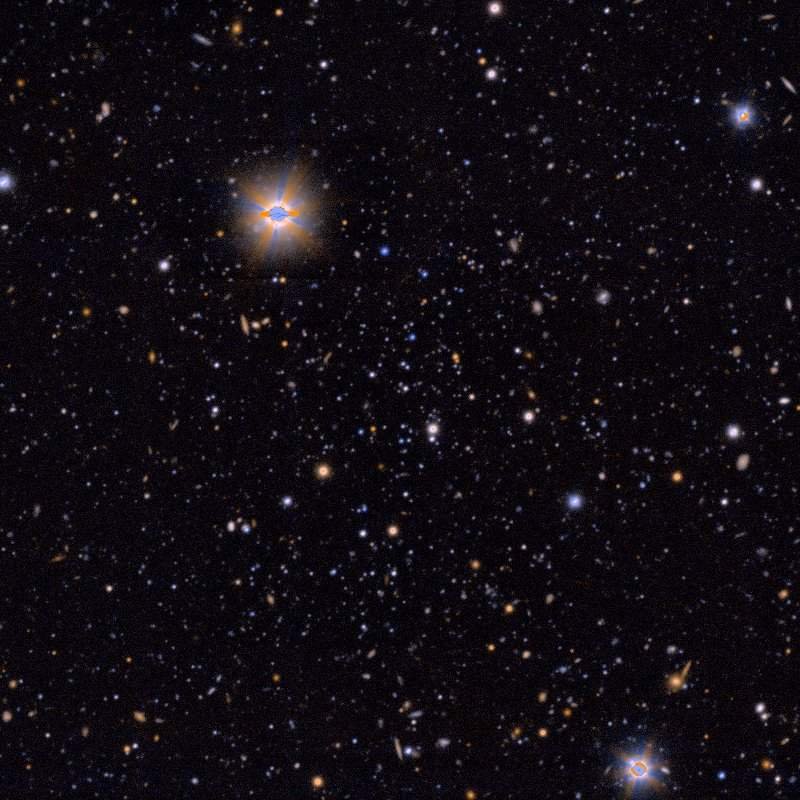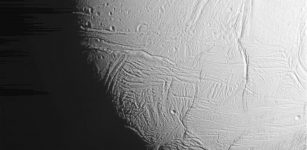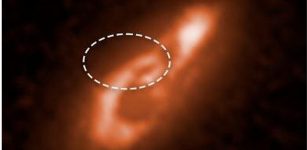New Satellites Of Milky Way: Sagittarius II, Reticulum II, Phoenix II, and Tucana III
MessageToEagle.com – Researchers used the Magellan Clay telescope and the Megacam instrument to obtain images of four nearby dwarf galaxies probing nearly sixteen times fainter than previous measurements and published their results in The Astrophysical Journal.
These satellites are: Sagittarius II, Reticulum II, Phoenix II, and Tucana III.
Ultra-faint, dwarf galaxies are the smallest, most dark matter dominated, and least chemically enriched stellar systems in the universe.
They are important targets for understanding dark matter and galaxy formation. They comprise by number the majority of galaxies in the universe. And not least, dwarf galaxies around the Milky Way provide crucial empirical input for verifying formation scenarios of our own galaxy, according to press release.

There are currently about sixty dwarf galaxies associated with the Milky Way and closer than about one million light-years; the Andromeda Galaxy, our closest large neighbor spiral galaxy, is two and one-half million light-years away.
Many new MW satellite galaxies have been discovered in the last few years, but some have been called into question by more sensitive imaging campaigns and most have only poorly constrained properties.
The images reveal new stars and other objects, including extended structures, and enabled the astronomers to revise key parameters of these galaxies.
One of the dwarfs, Sagittarius II, with a gas mass of only 1300 solar-masses, is unusual in that it is small in size even for a dwarf galaxy and might instead be considered as the most extended globular cluster of stars for its brightness.
Another, Reticulum II, is the most elongated dwarf galaxy known (nearly eight times longer than it is wide). A third, Tucana III, seems to be associated with a stream of material flowing into the MW and may be tidally disrupted.
The sensitive new results were unable to measure any gas in any of the objects, but they set new limits, and will help astronomers make a more complete census of the Milky Way’s family of galaxies.
MessageToEagle.com










